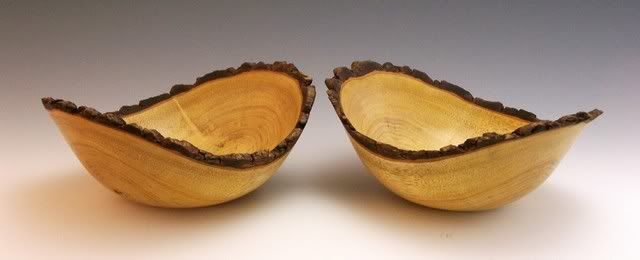Frank Fusco
Member
- Messages
- 12,791
- Location
- Mountain Home, Arkansas
I offered a woodturning friend an opportunity to help me haul some wood. 
Then I told him we would be sharing one large walnut tree and one, fairly large, persimmon tree. He declined the persimmon, just doesn't like turning it. Now, he an accomplished turner so I took note of his opinion. He said it simply is not suitable for decorative/artistic items. I have only turned pens from it so far and found it just fine. This tree has been down about a year so I expect it to fairly hard. Enney experience with turning persimmon out there? Opinions please.
Then I told him we would be sharing one large walnut tree and one, fairly large, persimmon tree. He declined the persimmon, just doesn't like turning it. Now, he an accomplished turner so I took note of his opinion. He said it simply is not suitable for decorative/artistic items. I have only turned pens from it so far and found it just fine. This tree has been down about a year so I expect it to fairly hard. Enney experience with turning persimmon out there? Opinions please.



